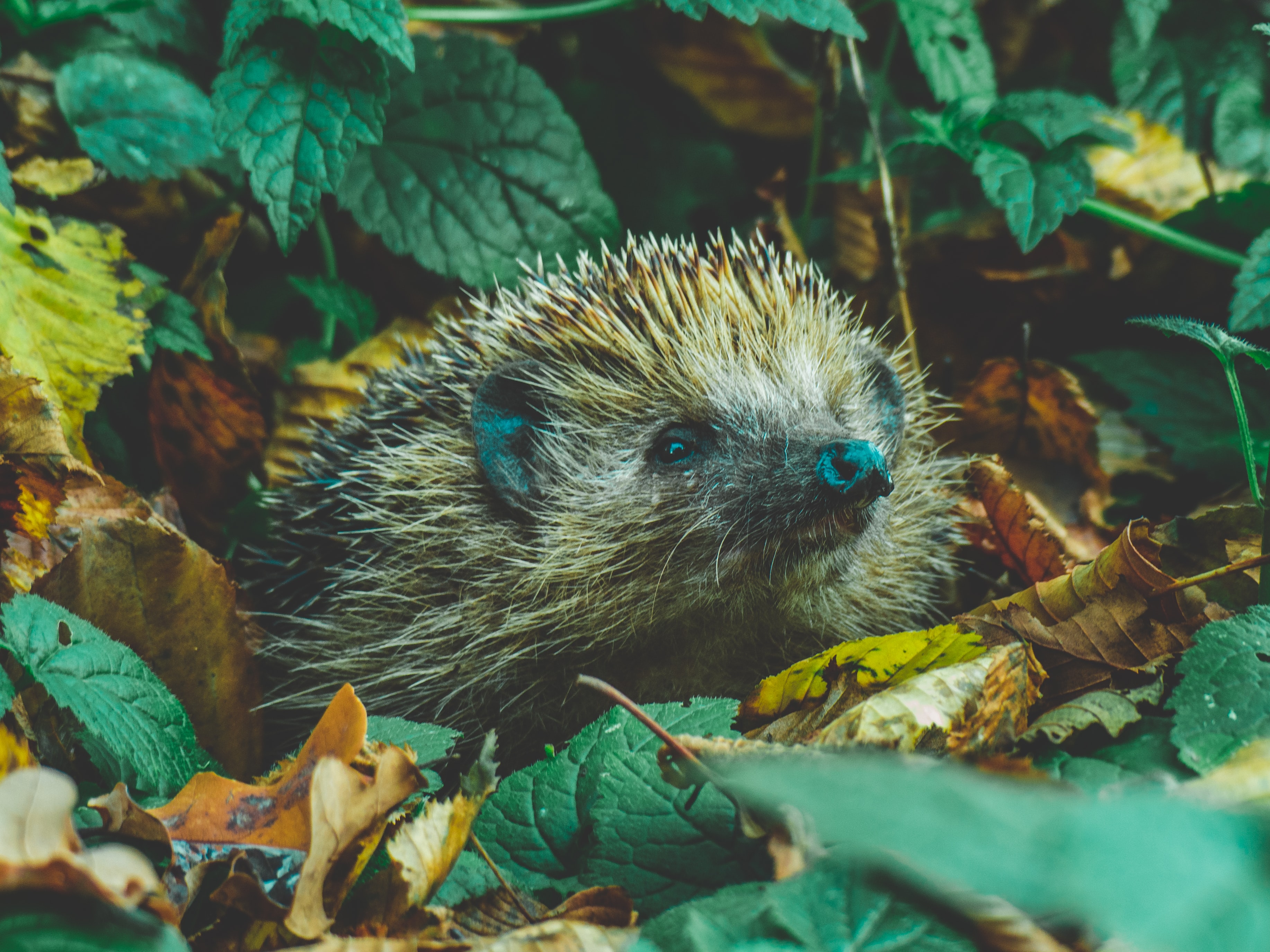Why a Strathbungo Eco Group?
The wind is biting and there’s still frost in the Bungo. However, if we look closely, green shoots are peeping up from the earth in our gardens and snowdrops are blooming. The days are growing longer and we can sense that new life is beginning to stir after the dark days of winter. So thoughts will be turning to our gardens and green spaces which are such a solace for us in trying times. Our worlds have shrunk but nearby nature has drawn us to look more closely.
A deeper sense of community, a love of nature and a desire to address climate change prompted a group of us in the red and blonde sandstone terraces of Strathbungo to form an Eco group. We’ve been looking at how to make our homes greener, how we can encourage biodiversity, and reimagining our local environment as a space for people by reducing traffic and pollution. We now welcome everyone interested in all of Strathbungo so please get in touch if you’re interested; email us at strathbungoecogroup@gmail.com.
Biodiversity
Declining biodiversity is one of the biggest threats to our planet and it’s not just about the tragedies of melting ice caps or raging wildfires. Biodiversity concerns our local environment too! As a community, we too can improve things by not waging war on the natural world. Hard landscaping, minimal gardens, pesticides, overzealous cutting of hedges and lawns have made barren places for wildlife and upset the balance of our ecosystem.
We can look to our children who are so aware of the threat to our wildlife and our planet and want us to take action as well as themselves. 12 year old Ava Griffith, a Strathbungo local, is a fantastic example to us. As a member of 141 Glasgow Guides, she has designed and created an amazing pack to Save Our Bees which can be sent electronically or delivered in covid free envelopes. Just get in touch with the Eco Group if you’d like this. The sheets can also be downloaded here. Great work, Ava!
- Save the bees! (pdf)
- Bee colouring sheet (pdf)
- Printed copies & Badges – Order from the Eco Group
It would be good to share some thoughts on what we can do in the coming weeks and months to help wildlife in the Bungo. I’m not an expert on either gardening or wildlife, merely an enthusiastic nature lover, but all of us can help redress the balance of our struggling ecosystem. You don’t even need to do much. Just work with nature, not against it! Nature gives us so much in improving our wellbeing and helping us cope. It needs to be nurtured!
Tidying up, or not
Spring will soon be here and so too the opportunity for a big tidy up. However, it is important to spare a thought for creatures who may be starting to nest or even still hibernating in your gardens unbeknownst to you. Take care when you’re clearing to check and please, please, take extra care if you use a strimmer!
Many hedgehogs, who are now officially an endangered species, suffer horrific injuries and are killed by strimmers each year. You may have heard about our hedgehogs in Thorncliffe Gardens. Our postie found one in a bad way on our path and I discovered that our wee spiky friend had lost a front leg to a strimmer so couldn’t scratch for insects to feed. Sadly, the poor wee thing died before I could get it to Hessilhead Rescue.
Regarding insects, leave a patch of your garden unkempt with piles of leaves and twigs or even have an open compost heap so insects can shelter and breed. If you’re cutting back vegetation preparing for spring, let seedheads lie for a couple of days to let any life crawl out.
Small mammals like hedgehogs need beetles and caterpillars and other insects to eat. Insects are necessary for your garden’s ecosystem …yes, even slugs and snails. These creatures break down decomposing vegetation and also…ugh… eat excrement and dead animals – a very useful service!
The reason slugs and snails get out of control in our gardens and eat our lovely plants is because our ecosystem is out of balance. Birds, especially thrushes, love to scoff slugs and snails as well as frogs and toads. One of the worst things you can do is put down poisonous pellets which kill these creatures but also everything else which eats them. Pesticides are bad for all living things including us as they’re linked to all kinds of health issues.
Water
It’s a great idea to make a pond. Even a tiny pond will be teeming with fascinating wildlife before you know it. Last Spring, I dug a small pond and had frogs living in it within a couple of weeks. It was a source of joy and wonder watching these little guys through the year and they’ll keep slugs and snails in check.
Hedges
Hedges, shrubs and trees are needed by birds and by mammals like hedgehogs who need leaf litter to coorie down. I love watching the sparrows popping in and out of our hedge at the back. It provides protection and a quick hiding place when predators like cats or even sparrowhawks are around. But do you need to cut your hedge as much? It’s a thorny point as neighbours may object to hedges being too high, too messy etc.
The RSPB advises you not to cut your hedge between March and August due to nesting birds, so maybe a trim early on in the year when it starts to grow then after baby birds have fledged is enough. Better a few unkempt hedges but a healthy bird population! Remember to leave at least a 13 x 13cm hole in boundaries for hedgehogs who need to roam around from garden to garden to find food each night.
Pollinators
Nature’s pollinators desperately need our help. Follow Ava’s advice to Save the Bees and plant nectar rich native species if you can. Butterflies, moths, hoverflies and also beetles are necessary for pollination. There’s lots of advice online about what to plant but you can find information here.
- Plant flowers for bees and pollinators (Wildlife Trust)
- Planting for pollinators (NatureScot, pdf)
- Plants & Butterflies (The Hidden Gardens, pdf)
Lawns
Lots to consider but a last word on lawns. Many of us love an even, green sward and take pride in manicuring lawns but spare a thought for our wildlife who appreciate a more natural look. One person may see grass as weeds but to others, they create a wonderful wildflower meadow! Welcome clover, daisies, buttercups and yarrow as they enrich the soil with nitrogen but are also fantastic for bees. The clover in my front lawn was buzzing with bees last summer.
Do yourself and pollinators a favour and don’t mow so often! Lawns which are too short lose water and go brown more quickly if we have a dry spell. Leave a patch of grass to grow and flower. Not only does it help our pollinators but it looks really pretty too! Even better, plant a native wildflower meadow.
Nature has helped us get through these tough times so let’s go wild to help nature!
And here’s a link for other ideas, from the Wildlife Trust; Attract Wildlife to your Garden
Julie
For the Eco Group
Strathbungo












no replies